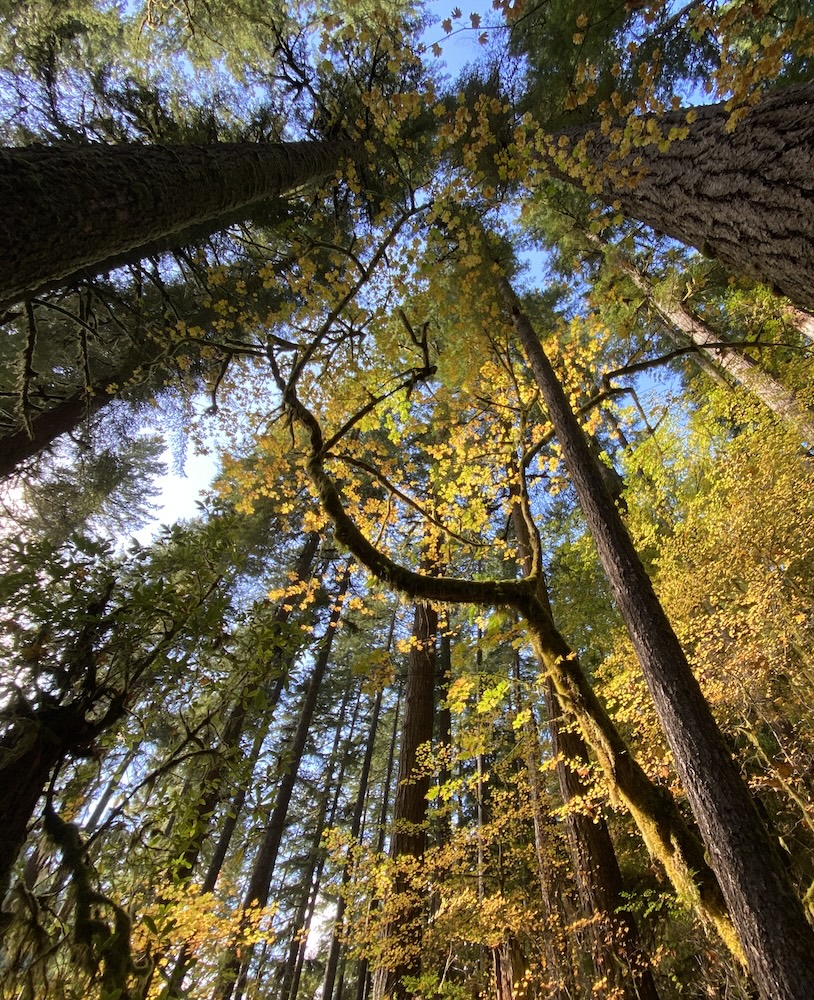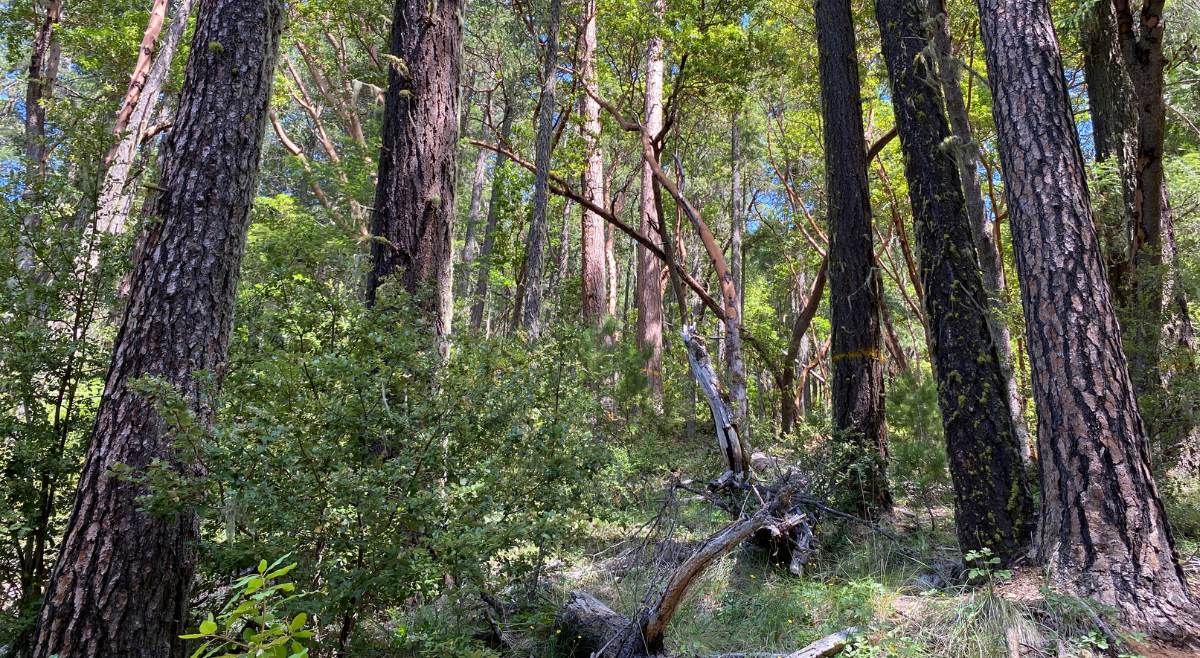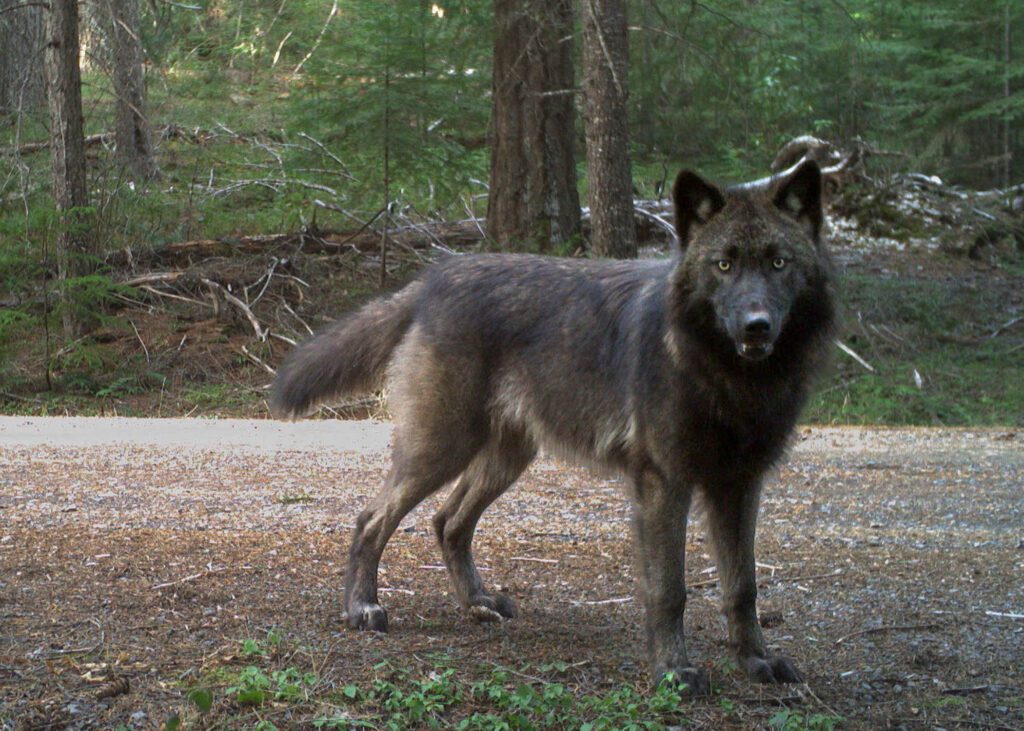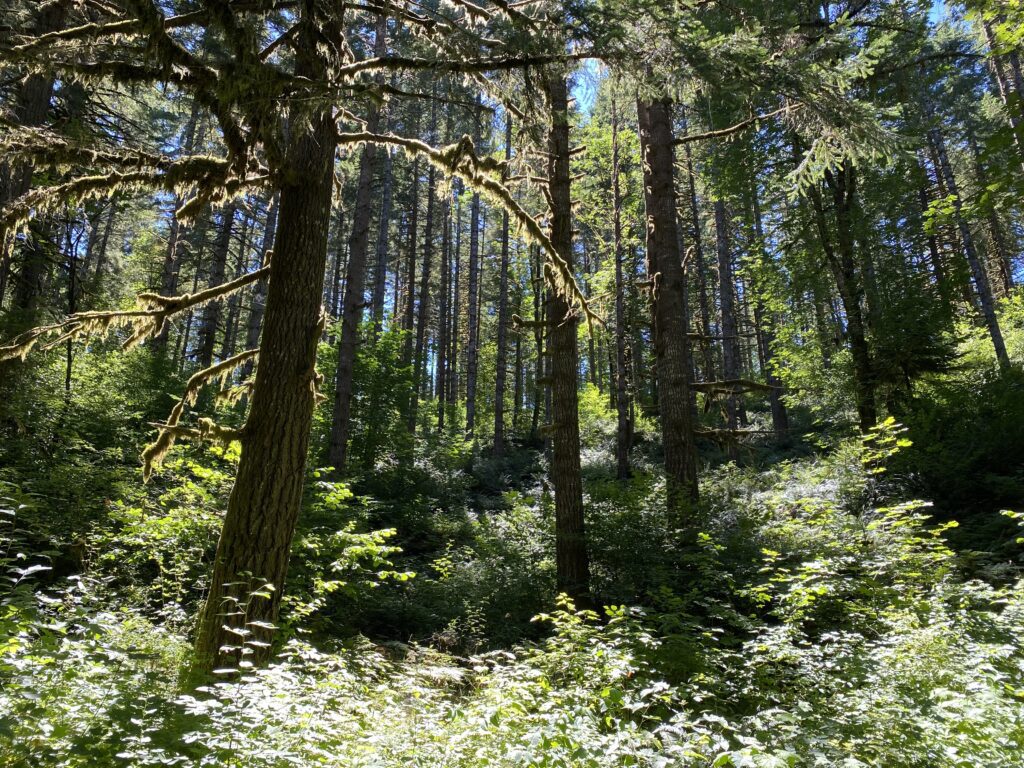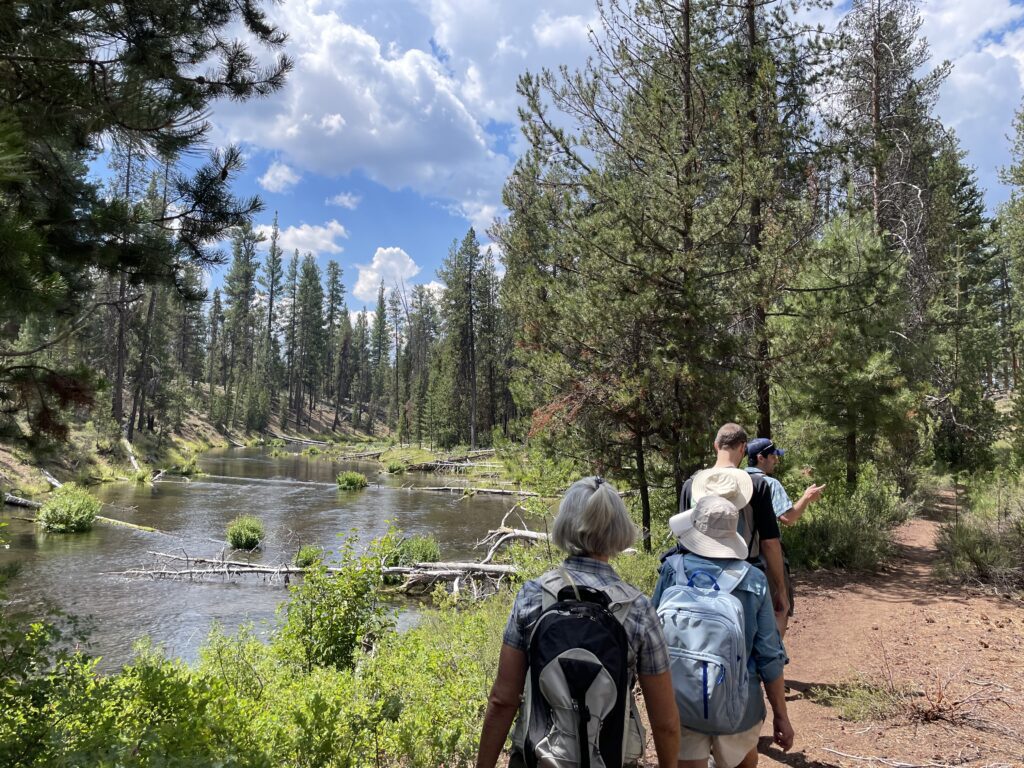Medford, Oregon
Contact for more information
In response to a challenge brought by conservation organizations, on Friday a federal district court found that the Bureau of Land Management’s (BLM) violated the law with its “Integrated Vegetation Management” (IVM) program, which proposed aggressive logging in forest areas set aside for forest conservation.
The IVM project proposed logging in the Late Successional Reserves (LSR), areas endowed with the purpose of habitat protection. The Court found that the heavier commercial logging prescriptions contemplated in these reserved areas could result in long term destruction of functioning older forest habitats in violation of BLM’s own management plan, and that “BLM cannot ignore that simply because it wants to increase commercial logging.” Findings at 18, 20.
“The BLM once again put its logging agenda above collaboration, fire resiliency, and wildlife habitat” said George Sexton, KS Wild Conservation Director, “and the Court held them to account for ignoring science, the law and the public in their rush to log the LSRs.”
The agency attempted to justify the proposed widespread commercial logging by arguing that the logging would increase wildfire resilience. The Court noted that this proposition “received deep public disapproval and skepticism.” Findings at 28. Ultimately, the Court expressed “serious doubt upon the reasonableness” of this conclusion because there is “substantial evidence that BLM’s chosen logging prescriptions would not have the intended effect and would instead exacerbate fire issues.” Findings at 28-29. Specifically, the Court explained that relevant scientific studies have found that logging designed to create “open” conditions and the “gap creation” authorized by the BLM could create “highly flammable young stocks interspersed throughout the thinned units,” and could “increase fire hazard in these stands.” Findings at 28-29.
“Consistently, studies have concluded that the gap creation and logging to create “open” conditions proposed here leads to worse fire outcomes on the ground,” said Cascadia Wildlands’ Legal Director Nick Cady. “Maximizing timber volume from our public forests is going to perpetuate wildfire risk for our region, but there is a clear opportunity for collaboration around lighter logging prescriptions that can help restore older forest habitats and reduce fire risk.”
The Court recognized this opportunity and found that “[g]iven the mutual affection for Oregon’s forests shared by all in this action, the Court is confident that dedicated collaboration will result in an effective solution.” Findings at 35. The Court noted that the agency’s plan included non-commercial thinning and prescribed fire, which it described as “proactive and admirable strategies directed across many high-risk areas.” Findings at 35. The conservation organizations that brought the challenge specifically excluded those treatments from the lawsuit and will continue to urge for their widespread implementation by land managers. As the Court noted: “Getting this project right could benefit southwestern Oregon for years to come, while getting it wrong may have devastating consequences across the landscape for fire behavior and wildlife habitat.” Findings at 30.
“We are heartened by the court’s recognition that logging that results in ‘massive canopy reduction’ within protected forests will cause long-term damage to old growth ecosystems and may increase fire hazard. It’s time for BLM to stop seeing virtually every tree as a problem solved by logging,” said Doug Heiken of Oregon Wild.
While the Biden administration has acknowledged the importance of mature and old growth forests as a bulwark against the worst impacts of climate change, as well as for their wildlife habitat, recreation and other conservation values, the Bureau of Land Management continues to propose reckless logging in many or our last remaining mature and old growth forests. This inconsistency in stated goals and implementation needs to end.
###
Cascadia Wildlands, Oregon Wild, KS Wild and Soda Mountain Wilderness Council were represented by attorneys from Cascadia Wildlands and Crag Law Center.
Eugene-based Cascadia Wildlands defends and restores Cascadia’s wild ecosystems in the forests, in the courts, and in the streets. The organization envisions vast old-growth forests, rivers full of wild salmon, wolves howling in the backcountry, a stable climate, and vibrant communities sustained by the unique landscapes of the Cascadia bioregion.
Oregon Wild’s mission is to protect and restore Oregon’s wildlands, wildlife, and water as an enduring legacy. Oregon Wild is celebrating its 50th Anniversary this year.
KS Wild’s mission is to protect and restore wild nature in the Klamath-Siskiyou region of southwest Oregon and northwest California.
Soda Mountain Wilderness Council is dedicated to protecting and restoring wildlands and the outstanding biodiversity and important biological connectivity where the botanically significant Siskiyou Mountains join the southern Cascade Range in southwest Oregon and northwest California.
Through a unique model of “legal aid for the environment,” Crag Law Center provides free and low-cost legal services to people and organizations who are working on the ground to protect our environment, climate and communities.
The Court’s Findings and Recommendations can be found here. They will be reviewed by Senior U.S. District Judge Ann Aiken.
Plaintiffs’ complaint can be found here.
